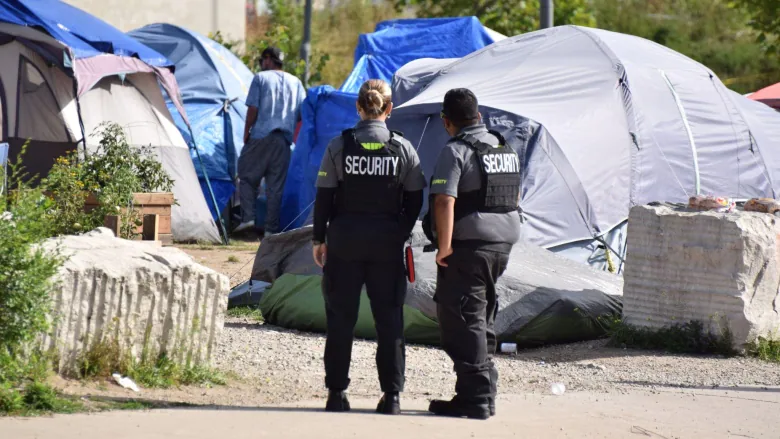
Rough sleeping and encampments
Rough sleeping and encampments
La version française de ce billet se trouve ici.
I’m writing an open access e-book on homelessness and have just released Chapter 3 titled “Rough sleeping and encampments.” The PDF version of the full chapter is available here.
Nine things to know:
1. There are various terms for outdoor sleeping. They include rough sleeping, street homelessness and unsheltered homelessness. When outdoor sleeping happens in groups, it is sometimes referred to as an encampment.
2. Outdoor sleeping sometimes occurs in groups. Terms for such groups include: encampments; tent cities; homeless settlements; and homeless camps. People sometimes sleep in groups because they believe in safety in numbers.
3. There are many reasons why people might opt to sleep outside rather than in an emergency facility (e.g., a shelter). They include: insufficient emergency shelter beds; rules in emergency facilities; theft in emergency facilities; violence in emergency facilities; disease transmission in emergency shelters; and at times the need for documentation at emergency shelters.
4. Increased vulnerabilities are associated with outdoor sleeping. They include: exposure to extreme weather and precipitation; physical and sexual violence; property theft; risk of fire and flooding; lack of health care; lack of assistance finding housing; and lack of income support.
5. Persons sleeping outside have shorter lifespans than those living in emergency shelters. A recent Boston study found the mortality rate (i.e., the frequency of death in a population during a specific time frame ) for rough sleepers to be nearly three times higher than that of all persons in Boston experiencing homelessness.
6. Various types of supplies and services are needed by outdoor sleepers. These include: drinking water; blankets and weather-appropriate clothing; food; toilets; bathing, shower and hand-washing facilities; feminine hygiene products; health care and pharmaceutical assistance; harm reduction supplies and services; help with income assistance applications; and housing search assistance.
7. Just as encampments take many forms, so too do community responses to encampments. The chapter outlines the following five major types of responses: clearance with little or no support; clearance with support; benign ignorance; tacit acceptance; and formal sanctioning.
8. Outdoor sleeping is a stark reminder of the need for more affordable housing with appropriate social work supports (e.g., more Housing First). While it is important to respond quickly and effectively to outdoor sleeping, we must not lose sight of the bigger picture.
9. Outdoor sleeping also exposes the many limitations of emergency shelters. This generates considerable awkwardness among homelessness officials, members of the general public and elected officials. Whereas emergency shelters have the potential to ‘contain a problem,’ keeping homelessness out of sight, outdoor sleeping is very visible and forces public debate.
In sum. This is a summary of Chapter 3 of a sole-authored, open access interdisciplinary textbook intended to provide an introduction to homelessness for students, service providers, researchers, policy-makers and advocates. All material for this book is available free of charge here. Newly-completed chapters will be uploaded throughout the year.
I wish to thank Sylvia Regnier and Alex Tétreault for assistance with this blog post.


